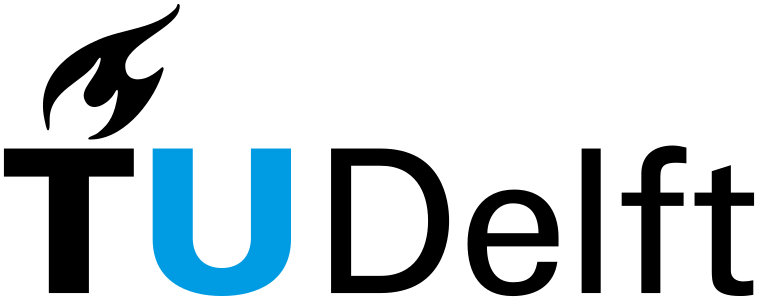About Us
Supporting economic development and self-sufficiency
for countries in SSA that have suffered a major setback due to covid-19
Expanding access to electricity and clean cooking
in areas of Sub-Saharan Africa that don't have access to them
Promoting economic growth, gender equality,
among other goals in the United Nations sustainable development goals
Our Objective
Aiming to fulfil the UN SDG target no 7, there is a need to substantially increase the share of renewable energy, which is abundant on the African continent. However, solar and wind are variable in nature, leading to the need for energy storage to match supply and demand, manage peaks, enable electricity arbitrage and minimise the need for curtailment. Until now, energy storage is not widely adopted in integrated assessment models (IAMs), as these models tend to take a large system perspective. In the open source OSeMOSYS modelling system, simplifications have then been adopted to manage the complexity, enable modularity and the computational requirements. Without storage represented at a detailed enough level, the resulting loss in dynamic connection between subsystems may however lead to inconclusive insights. For the open-source OSeMOSYS tool, Palombelli et al. (2020) recently introduced improved representation of storage by modelling losses from the storage – this all with little additional computational effort. In this project, we will continue to develop storage functionalities to enable the assessment of battery- assisted microgrids, pumped hydro energy storage (PHES), and large scale hydrogen production in the specific case applications. Overall, specific innovations include:
- Optimised geospatial electricity access design considering WEF nexus interactions through CLEWs
- WEF governance via operationalising the concept of Transition Arenas for exploring science-policy interactions
- Long-term WEF model and operational optimization model soft- linked while considering the storage technologies Battery storage, hydrogen storage and pumped hydro storage for optimal planning of VRE
- Seamlessly coupling long-term planning and operational models for iterative robust WEF infrastructure planning, including energy storage.
- Expanding the envelope of basin-wide cooperation through operational control models at basin scales to mitigate climate and market uncertainty/risks through model- informed trade-offs.
- A CLEWs Data Observatory: a growing platform for seamlessly integrating access to multi-source CLEWs, infrastructure and socio- economic data sets needed for planning and operational decisions.

Achieving the target to provide universal access to electricity in SSA requires a significant expansion of the central grid and generation capacity, but also the supplement of decentralised smart-grids and stand-alone PV-systems. In this expansion, governance and planning will need to consider multiple resource systems like land, energy and water, taking into consideration a changing climate.
What would you love to know?
?
Over 600 million people in Sub-Saharan Africa (SSA) lack access to electricity and the IEA’s World Energy Outlook 2021 forecasted an increase of the number of people without electricity access by 2% between 2019 and 2021. In addition, access to clean cooking fuels is very low at 17% of the population, with inefficient biomass cooking leading to severe health effects, degradation of land productivity and deforestation . Expanding access to electricity and clean cooking is expected to contribute to meeting many of the UN’s Sustainable Development Goals, including ending hunger, poverty, ensuring quality education, and ensuring access to energy, while promoting economic growth, gender equality, among other goals.
Aiming to fulfil the UN SDG target no 7, there is a need to substantially increase the share of renewable energy, which is abundant on the African continent. However, solar and wind are variable in nature, leading to the need for energy storage to match supply and demand, manage peaks, enable electricity arbitrage and minimise the need for curtailment.
EPIC Africa sets out to support sustainable development in sub- Saharan Africa (SSA)
want to
talk with us?
Leave your details and one of our experts will contact you!







